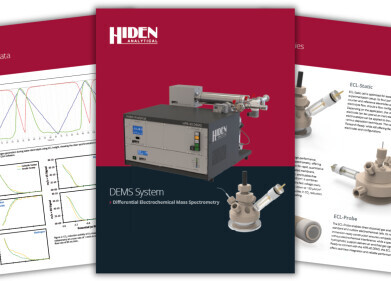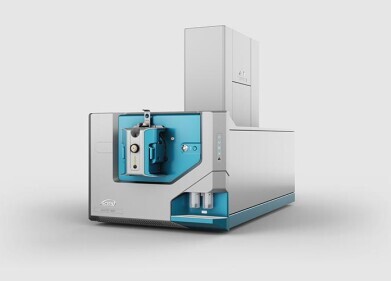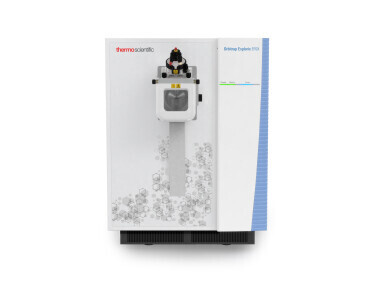Mass spectrometry & spectroscopy
Is There an "App" for Human Genome Sequencing?
Feb 16 2018
Nothing captures the spirit of modern science quite like the Human Genome Project, a global, long-term research mission with an underlying goal of pinpointing all 30,000 human DNA genes, and consequently determining their chemical base sequences. Now, scientists are building on the data with a handheld device capable of sequencing the human genome.
The breakthrough was announced in a recent article published in Nature Biotechnology, which confirmed that engineers have created a handheld device capable of sequencing the human genome. It's known as the MinION and is priced at a cool US$1000. It may be pricier than Candy Crush, but as far as human genome goes it's dirt cheap. The breakthrough will open exciting new doors for genetic research and builds heavily on the Human Genome Project.
DIY genome sequencing
Professor Nicholas Loman, co-researcher of the study and academic at the University of Birmingham comments, "We've gone from a situation where you can only do genome sequencing for a huge amount of money in well-equipped labs to one where we can have genome sequencing literally in your pocket just like a mobile phone. That gives us a really exciting opportunity to start having genome sequencing as a routine tool, perhaps something people can do in their own home."
According to Loman, the new device could empower doctors with the ability to diagnose and respond on the go. For example, Loman and his colleagues recently used the handheld device to track the spread of the West African Ebola outbreak. It could also be used to home in on the genetic code of bacteria and facilitate early detection of antibiotic resistance.
Introducing the MinION
So how does it work? The device was developed by Oxford Nanopore Technologies, a UK based company that creates scalable DNA sequencing products and services. Its latest device passes long strands of DNA through a tiny hole called an eponymous nanopore. As each strand squeezes through it emits a custom electrical signal which allows analysts to determine the DNA sequence. Thanks to its ability to analyse longer strands the device can read parts of the genome that were not previously possible.
Of course, there are still challenges ahead. The ability to rapidly read genetic code is a breakthrough, but understanding what it all means is another hurdle.
Want to know more about the latest cutting edge scientific developments? Focusing on a toxicology case study from Dr Michael Böttcher, 'Pushing the Limits of Speed and Sensitivity in Drug Screening – an LC-MS solution' introduces a new era of high sensitivity methods.
Digital Edition
Lab Asia Dec 2025
December 2025
Chromatography Articles- Cutting-edge sample preparation tools help laboratories to stay ahead of the curveMass Spectrometry & Spectroscopy Articles- Unlocking the complexity of metabolomics: Pushi...
View all digital editions
Events
Jan 21 2026 Tokyo, Japan
Jan 28 2026 Tokyo, Japan
Jan 29 2026 New Delhi, India
Feb 07 2026 Boston, MA, USA
Asia Pharma Expo/Asia Lab Expo
Feb 12 2026 Dhaka, Bangladesh



















